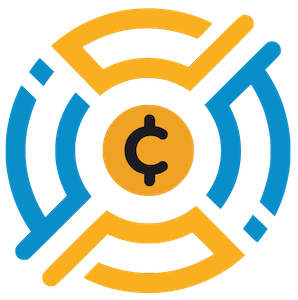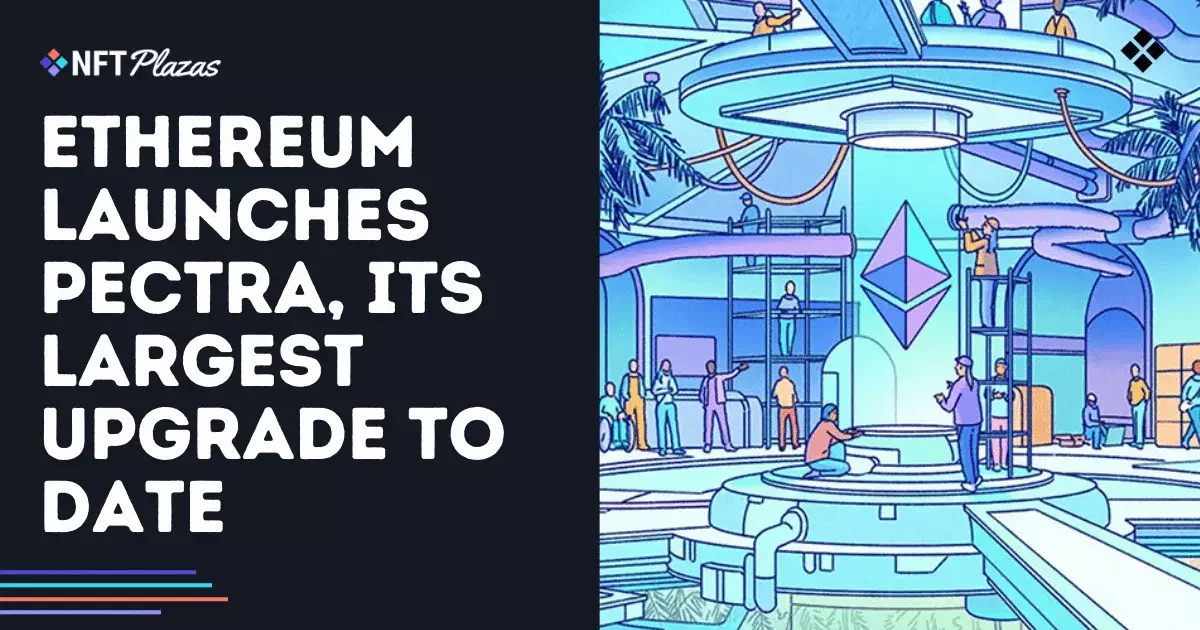In a groundbreaking yet controversial move, Ethereum has successfully completed the rollout of Pectra, a software upgrade that signifies a pivotal shift in how the network operates. This ambitious undertaking arrives just over a year post-Dencun and aims to enhance Ethereum’s infrastructure, particularly in the areas of wallet usability, validator operations, and data processing capabilities. However, amid the excitement surrounding this upgrade, one must approach this development with a critical lens, considering both the potential benefits and the underlying risks that could impact the wider blockchain ecosystem.
Why Does Pectra Matter? The Real Implications
At the core of Pectra’s significance is not just its technical advancements. The update introduces Ethereum Improvement Proposals (EIPs) that will alter fundamental principles of user interaction with the blockchain. For example, EIP-7702 allows standard user accounts to temporarily function like smart contracts, moving Ethereum closer to full “account abstraction.” While this flexibility can lead to more user-friendly wallets, it also raises concerns about security and complexity. As with any upgrade, the more features introduced, the greater the potential attack surface for malicious entities.
Further complicating matters is EIP-7251, which permits a substantial increase in the maximum stake per validator, from 32 ETH to an astonishing 2,048 ETH. Advocates herald this as a way to bolster staking efficiency; however, it could also drive a wedge in the community by consolidating power among larger validators. Ethereum’s strength derives from its decentralized nature, and moves like these could lead to a monopolization of staking, undermining the very principles that make a blockchain robust and resilient.
A Balancing Act: Data Availability vs. Decentralization
One of Pectra’s other standout features is EIP-7691, which aims to double the number of off-chain data packages or “blobs” processed per block. This increase could certainly alleviate some transaction fee pressures, particularly for Layer 2 solutions. However, as Ethereum continues to grow and attract more users, the potential congestion issues that await on the horizon should not be dismissed lightly. With growing demands on bandwidth and storage, could we be setting ourselves up for future capacity crises?
There’s an inherent irony in Ethereum’s progress: the more it evolves to accommodate growth, the more it must grapple with the tension between scalability and decentralization. While Pectra can significantly enhance performance, it’s essential to evaluate whether these advancements come at the cost of community accessibility and user empowerment.
The Path Forward: What’s Next for Ethereum?
As Ethereum developers cast their gaze toward the next upgrade, Fusaka, the urgency to address potential decentralization pitfalls is palpable. With plans to further enhance data availability through features like PeerDAS, the road ahead looks promising yet fraught with challenges. If past experiences are any indication, this is a critical opportunity for Ethereum to reaffirm its commitment to decentralization while pushing the envelope of technological capabilities.
However, as Fusaka takes shape, concerns remain about Ethereum’s future trajectory. Will we witness a satisfactory solution to the scaling dilemma, or are we pouring resources into a system that may ultimately spiral into inefficiency and elitism? The stakes could not be higher as Ethereum stands at a crossroads.
Amidst the noise and excitement surrounding blockchain innovation, it’s crucial to maintain a discerning perspective. As Ethereum continues to evolve, it holds the potential for groundbreaking advancements. But with great potential comes an equal measure of responsibility; understanding the implications of each upgrade is not just advisable—it’s essential for preserving the ethos of decentralization that underpins the entire Ethereum network.

